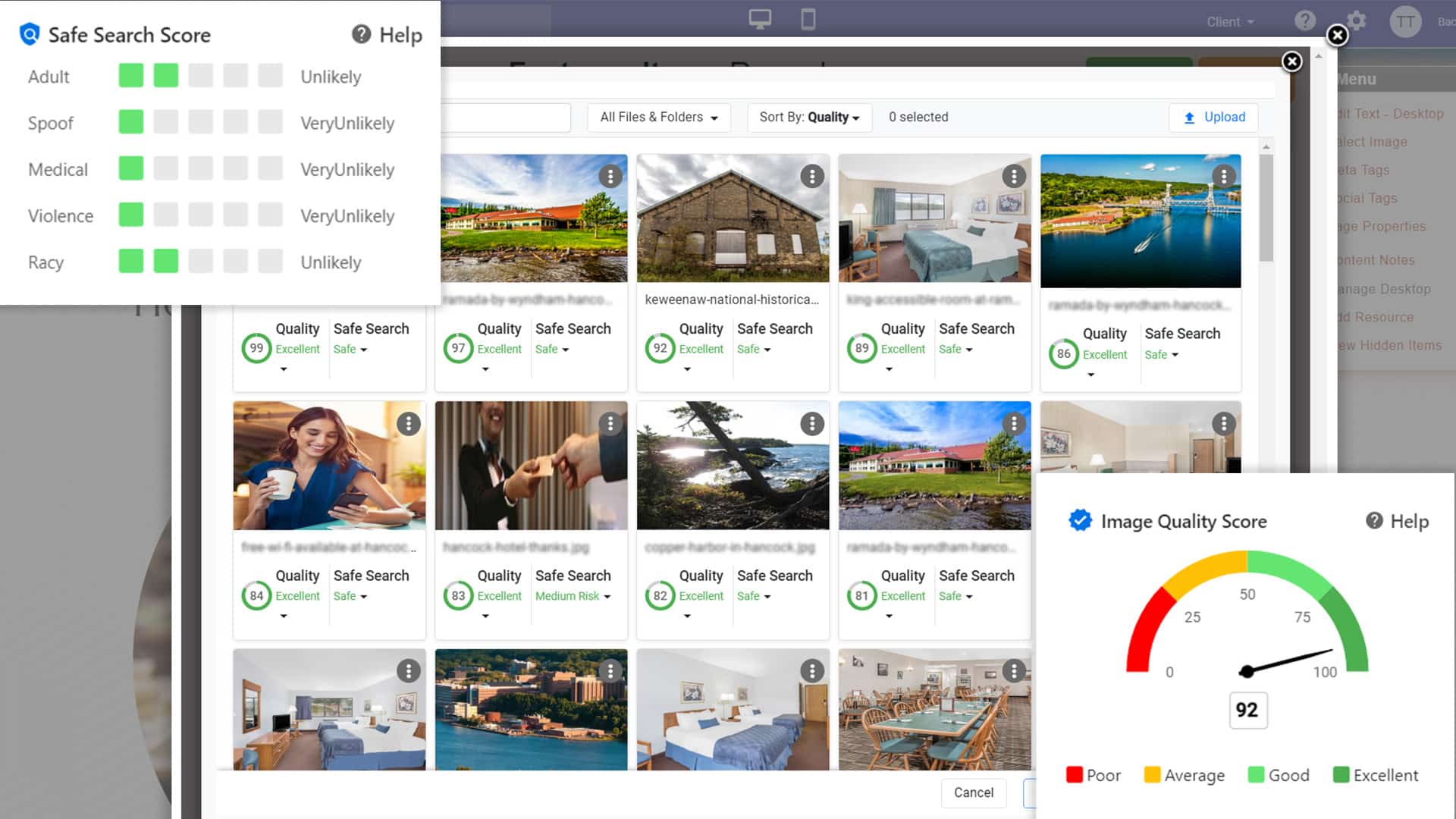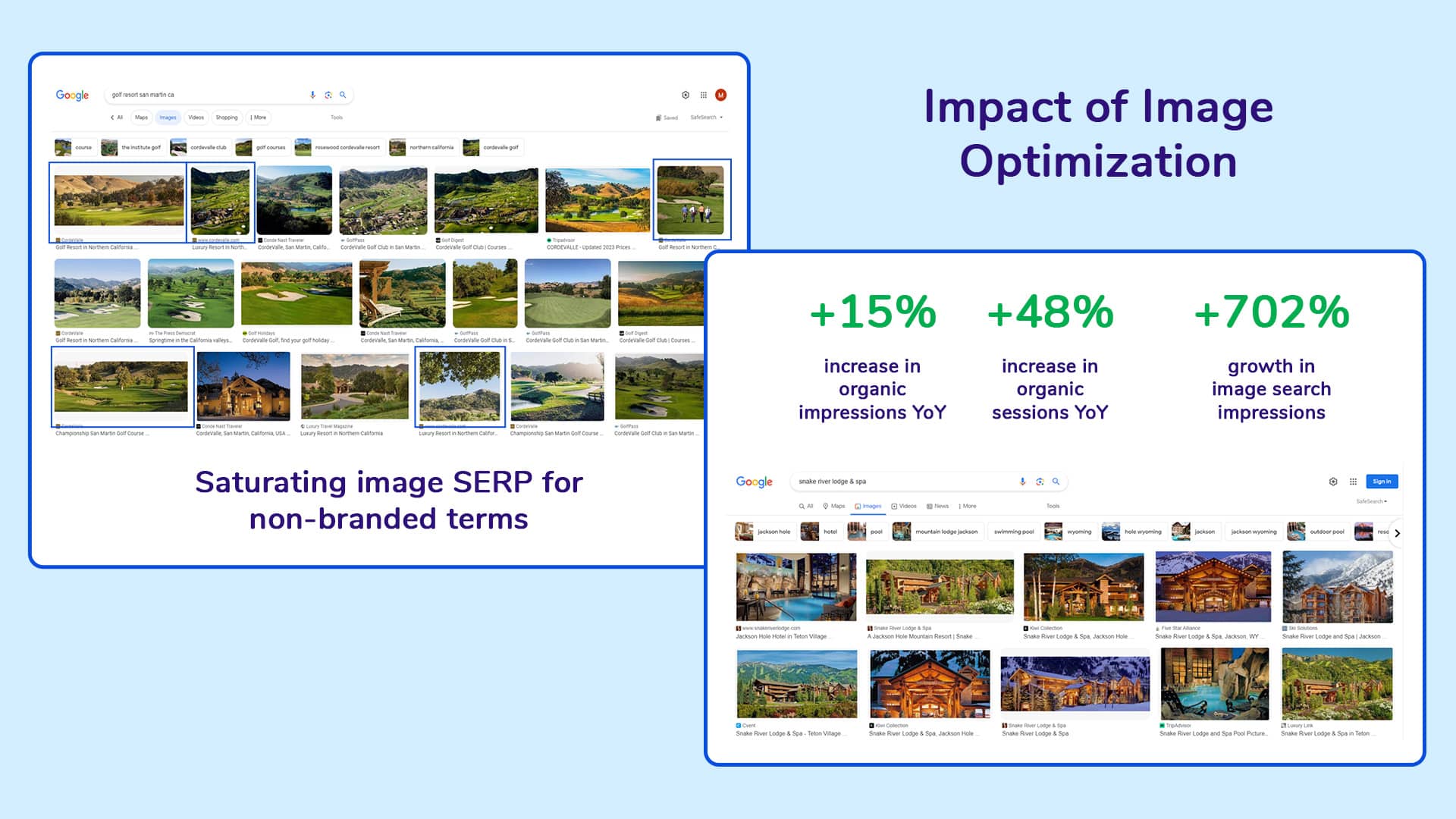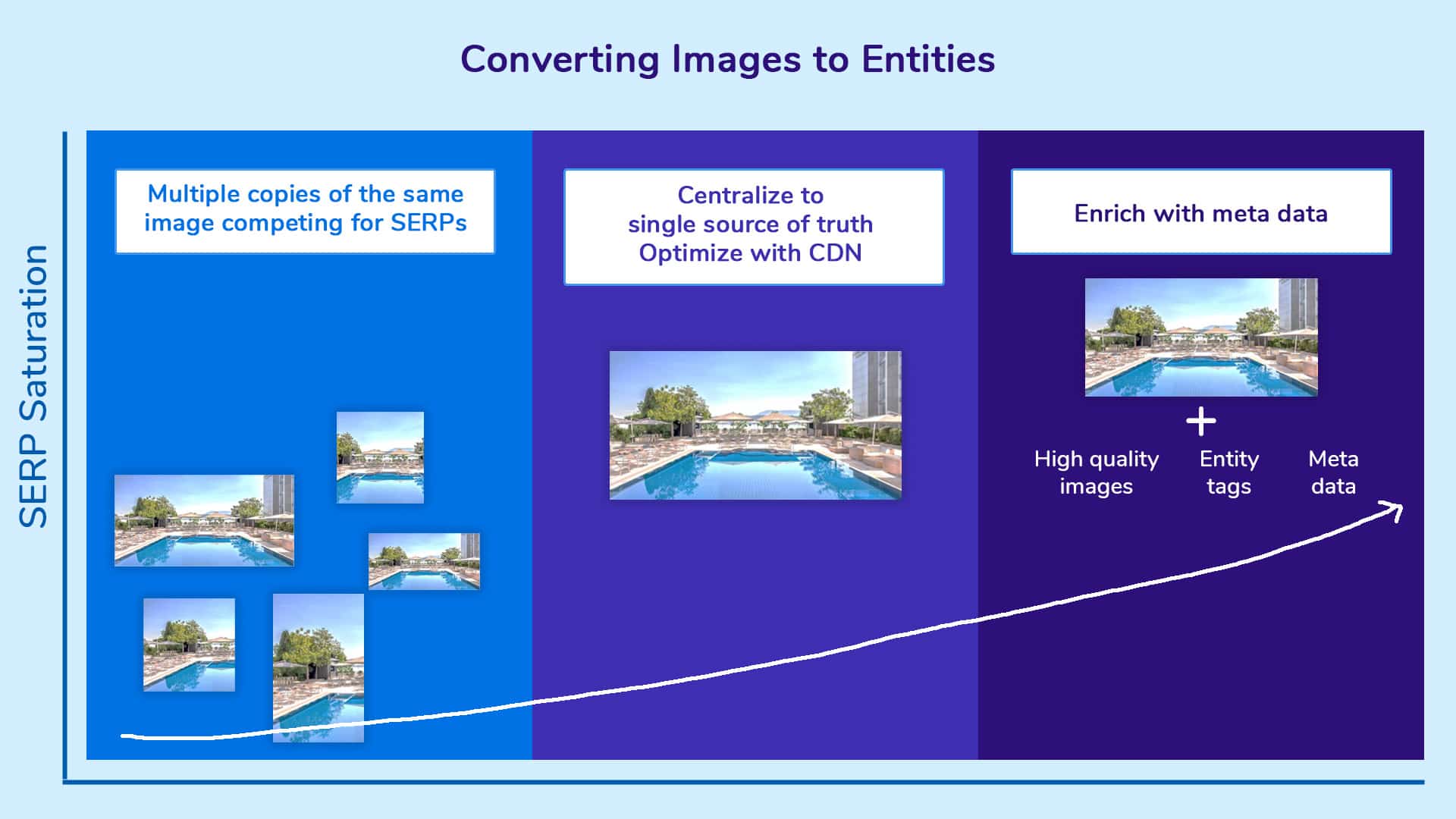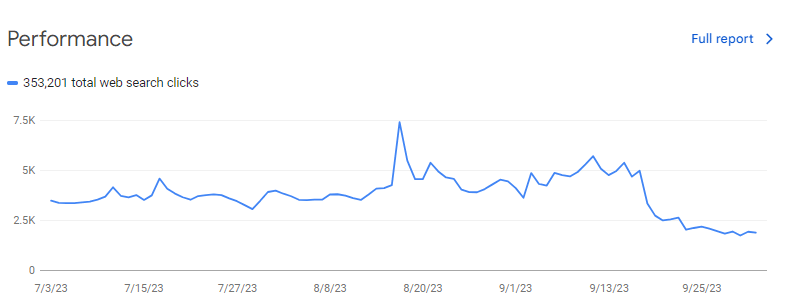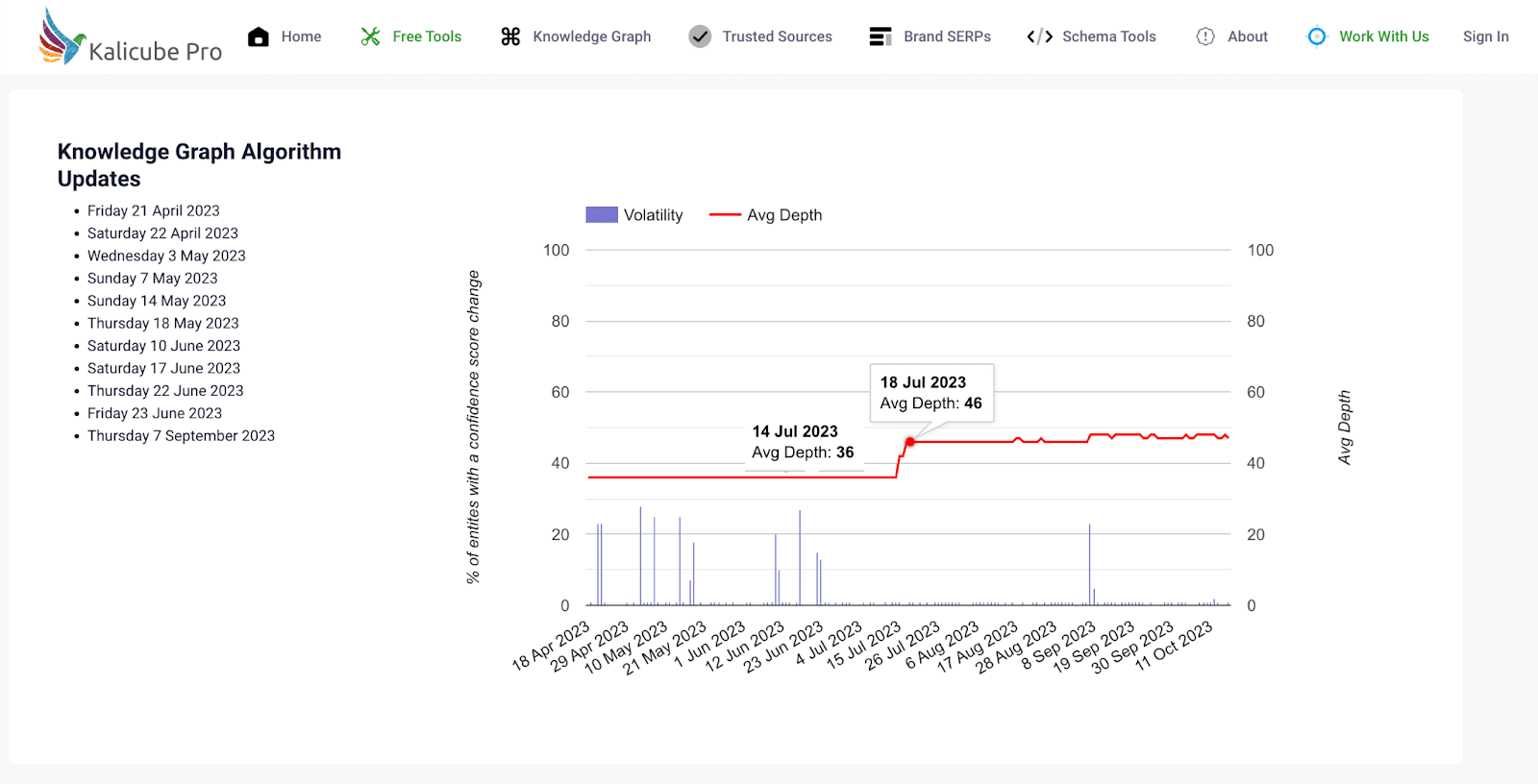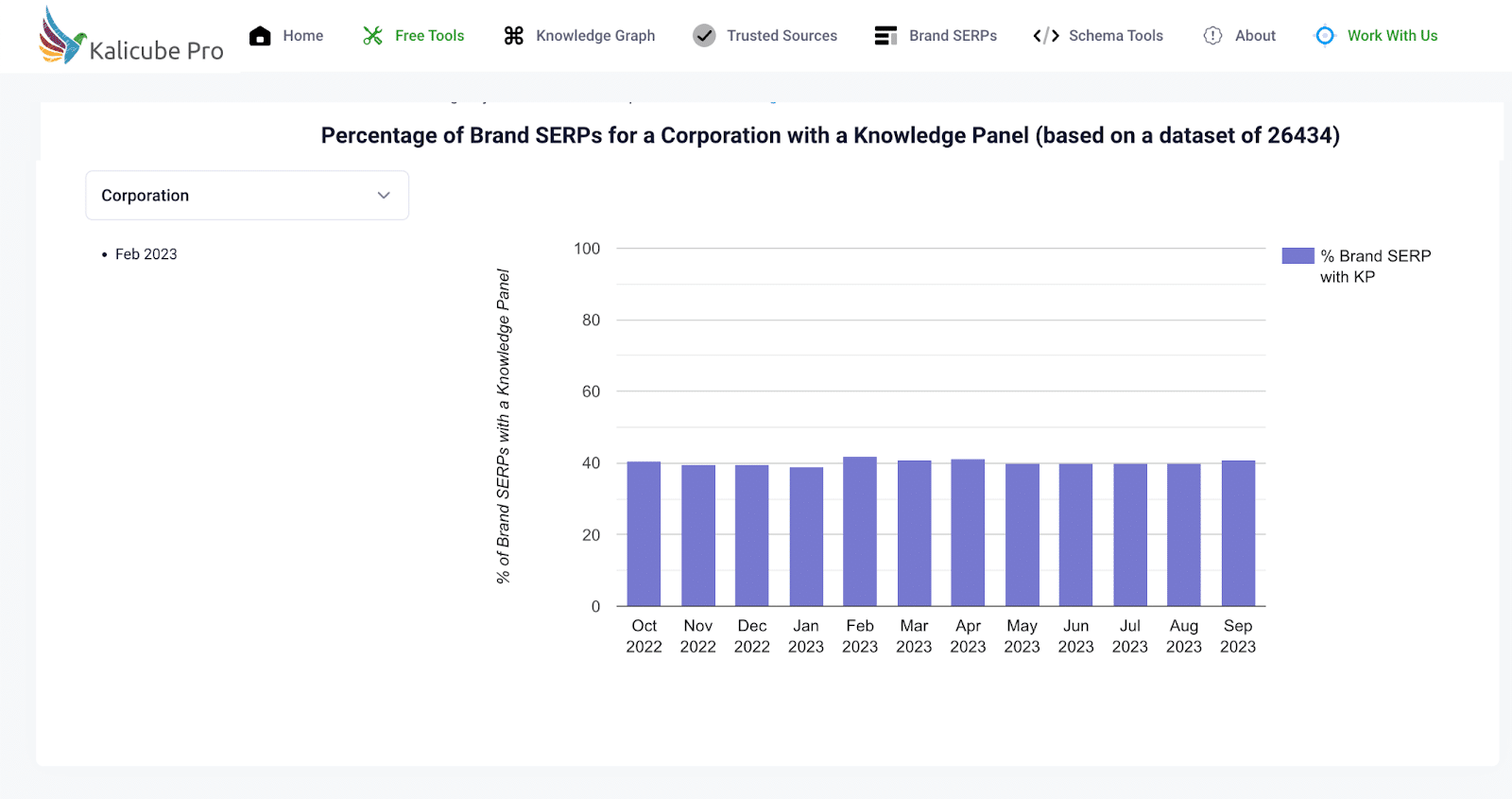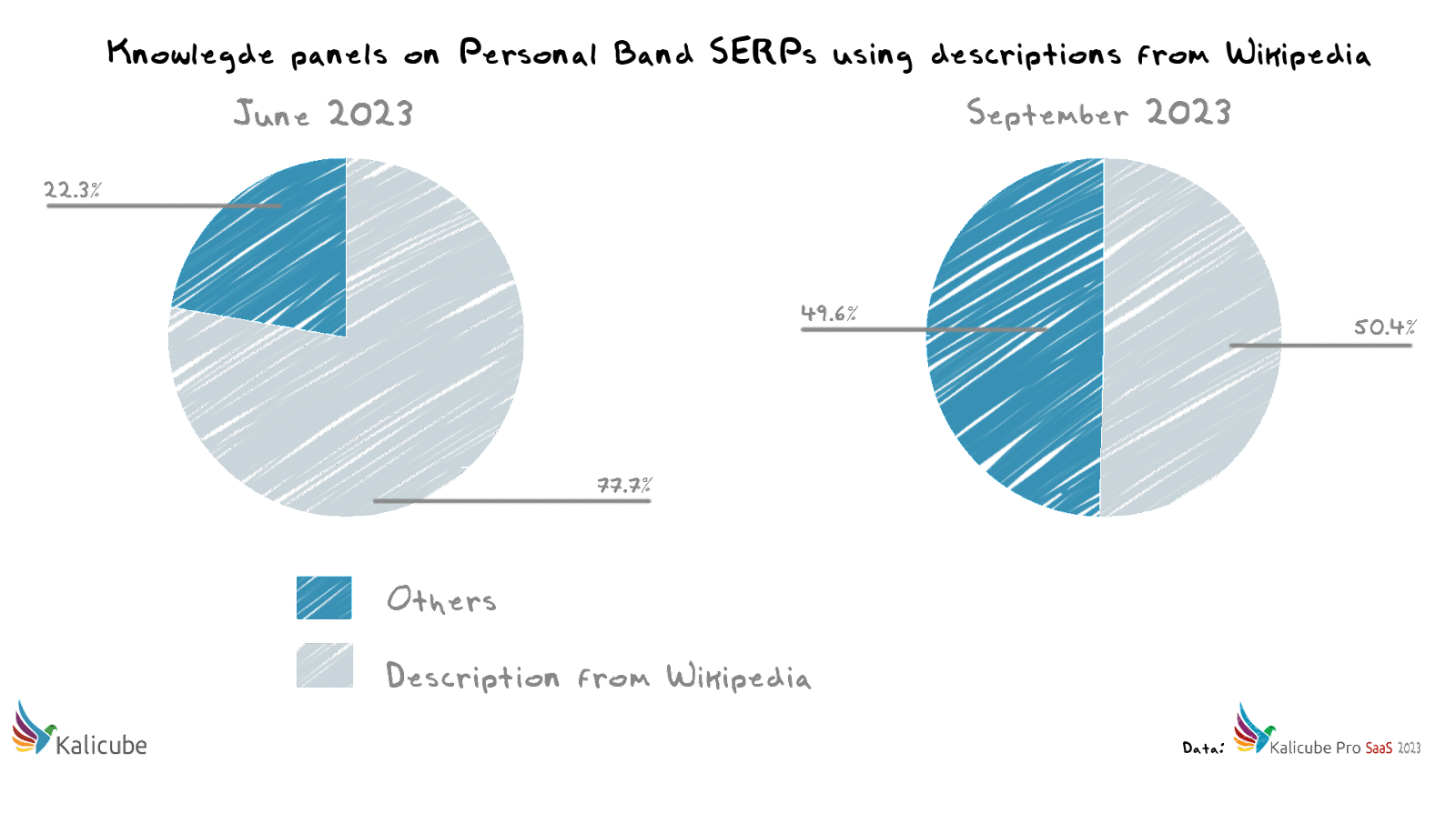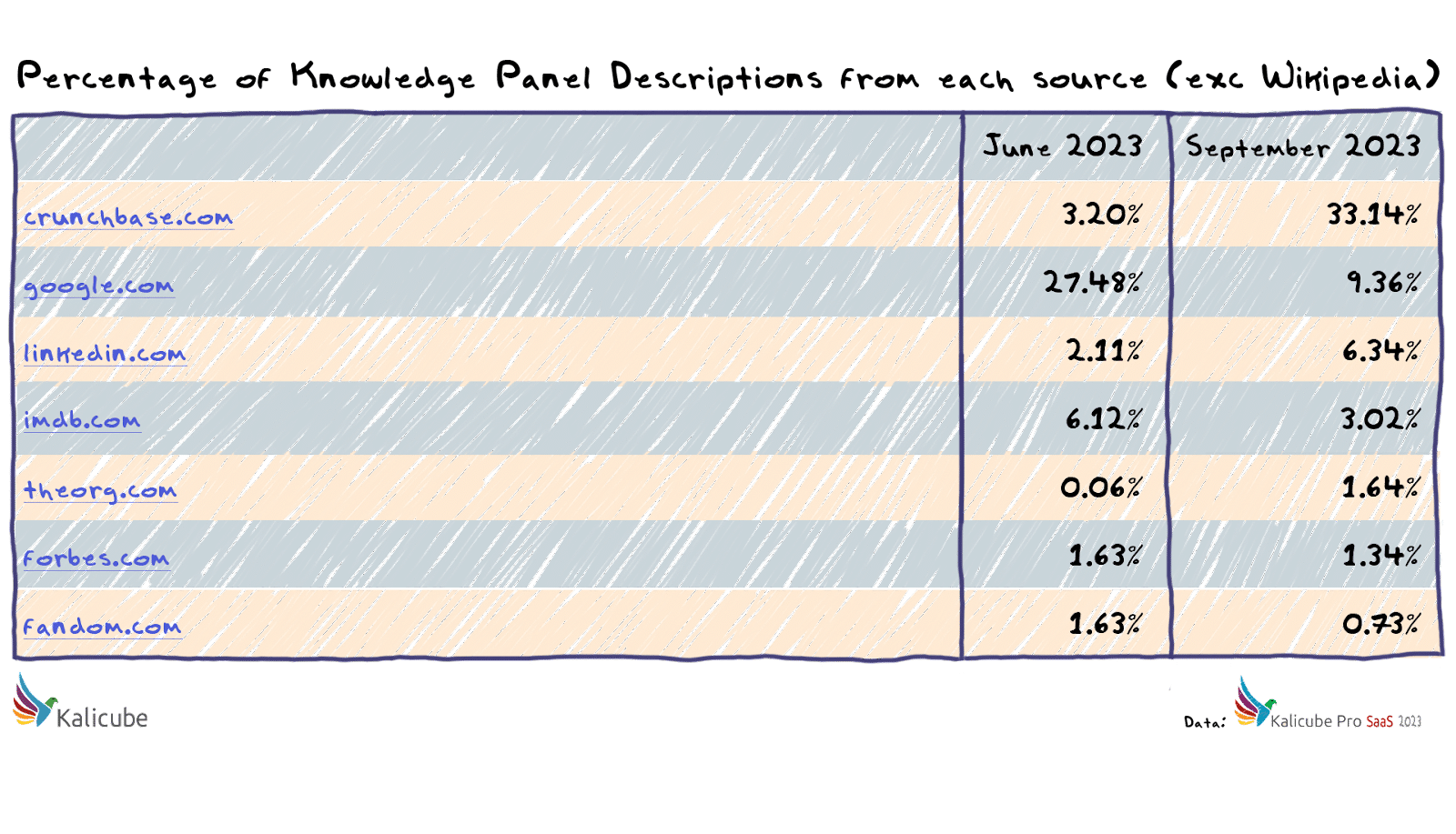Google searches for AI content skyrocketed and have remained high throughout 2023 as businesses and creators tap into new opportunities to scale.
By March, 60% of writers already used AI in their work, a Hackernoon poll showed.
But while generative AI offers amazing content generation and optimization opportunities, balancing its capabilities and limitations is essential.
Marketers are getting AI content right, from summarizing lengthy texts to crafting compelling social media copy.
However, as we approach 2024, examining where generative AI content falls short is equally important as where it goes right.
Issues such as misguided SEO research, factual accuracy, plagiarism risks and the absence of human expertise and reasoning are all in play – and they present risks and challenges for brands.
Where marketers are getting AI content right
When used right, generative AI can streamline processes, improve efficiency and even boost the overall quality of content.
Let’s explore key areas where marketers successfully leverage AI for content creation.
Summarizing long passages of text
One of generative AI’s significant advantages is its ability to quickly and accurately summarize lengthy documents, reports or articles.
This enables us to extract and share critical information with our audience.
Generating landing page copy, titles and meta descriptions
Creating compelling landing page copy and meta descriptions is crucial for SEO and converting traffic to customers.
You can use AI to analyze your core content and generate attention-grabbing titles, meta descriptions and landing page copy.
Dig deeper: How to use AI and Chrome extensions for quick SEO wins
Promoting long-form content on social media platforms can be challenging, especially when you need to capture your audience’s attention quickly.
Use AI to craft engaging social media posts tailored to your target audience.
Extract key insights from long-form content and transform them into catchy captions and tweets to drive traffic to your in-depth articles or blog posts.
Dig deeper: 17 tips to improve your AI-assisted content creation process
Enhancing storytelling with use cases and examples
Storytelling is a powerful tool in marketing and AI can take it to the next level.
Use it to craft relatable, persuasive stories showcasing the benefits of your product or service. It aids research by anticipating objections and questions.
Producing copy and title variations for testing
AI can enhance A/B testing with diverse copy and headline variations.
Consider analyzing existing content and audience preferences to create alternatives for emails, websites and ads. This enables you to test and improve engagement and conversion rates quickly.
While AI can be a valuable tool, it’s being abused and misused – as some do with all new toys.
In the next section, we’ll explore some of the less effective and perhaps more dangerous ways people use AI for content creation.
Where AI content falls down
Using generative AI in these ways can result in poor-quality content, misinformation, misleading recommendations and other undesirable results.
The roots of any fall downs in generative AI are based on data. Whether it's ChatGPT, Bing AI, Google Bard or third-party tools, the quality and connectivity of the data that powers these AI systems is crucial.
To achieve impressive results, prompt engineering and fine-tuning of data from large language models (LLM) have become increasingly prevalent. These techniques are vital for maximizing the potential of generative AI.
"Your site didn't get penalised because you used AI for your content.
Your site got penalised because, the way you used AI, and the output of your AI tool was crap."
- Pedro Dias/X
SEO and keyword research
Relying solely on AI for SEO research can result in:
- Misguided keyword choices.
- Incorrect optimization tactics.
- Missed opportunities to connect with your target audience effectively.
Human expertise is essential to interpret AI-generated insights and make informed decisions.
AI content generators typically lack access to live, real-time data.
Tools rely on historical data and patterns to suggest keywords and optimization strategies. They can’t adapt to real-time shifts in search trends or user behavior. This limitation is a real liability that can result in wasted spend and effort.
Too many tools can confuse, with over 70% of marketers recently feeling overwhelmed by AI changes.
Factual accuracy
AI-generated content cannot fact-check and verify information. Relying on it to do so can lead to misinformation, damaging your brand's reputation and credibility. Human oversight is crucial to ensure the content aligns with accurate and up-to-date information.
AI-generated content often requires human editors to review, refine, fact-check and ensure it meets the desired quality standards.
While AI can assist in creating drafts, it may struggle with nuances, tone and context.
Human editors play a critical role in fine-tuning content, making it more coherent, engaging and aligned with the brand's voice.
The risk of plagiarism
AI can inadvertently produce content that resembles existing materials already on the web. Without proper oversight, there is a risk of unintentional plagiarism.
To avoid this, content creators must conduct thorough checks to ensure their AI-generated content is original and unique.
Perspective and subject matter expertise
While AI can be valuable for generating shorter content, such as product descriptions or social media posts, it may struggle with the complexity and depth required for long-form content like in-depth articles or research papers.
Providing insightful analysis, coherent narratives and in-depth exploration of topics remains challenging for AI as it simply lacks the depth of knowledge and subject matter expertise that human writers and experts possess.
It cannot fully understand intricate or niche topics, leading to shallow and inaccurate content. It doesn’t possess humans' creative and reasoning abilities, either.
It can generate content based on patterns and data but may struggle with producing truly innovative or emotionally resonant content.
Engaging storytelling, humor and emotional connections are often best crafted by human writers.
Dig deeper: AI can’t write this: 10 ways to AI-proof your content for years to come
Amplifying bias and stereotyping
AI algorithms learn from historical data, which can contain biases.
If not carefully monitored and trained, AI content generators can perpetuate biases, stereotypes or discriminatory language, harming your brand's reputation.
Trying to cut costs with AI can backfire
For these reasons, looking to AI as a cost-cutting opportunity can be risky.
Leaning too heavily on technology can undermine quality, customer trust and employee morale, as AI lacks humans' creativity, adaptability and nuanced decision-making.
It can lead to errors, impersonal interactions and a loss of competitive advantage in industries where human expertise and customer experience are paramount.
A balanced approach that combines AI's efficiency with human oversight and creativity is key to sustainable cost management while maintaining quality and customer satisfaction.
Keep human content creators and editors in your content creation process.
These professionals can ensure that your content aligns with your brand's unique voice and maintains a consistent tone throughout, retaining the desired brand identity and aligning messaging with your business goals.
Dig deeper: SEO scalability: We have a problem
Finding machine balance in 2024: Humans in the loop
A harmonious balance between humans and machines is key to a successful content strategy.
While AI technologies offer incredible efficiencies and opportunities, it's crucial to understand where humans and machines can complement each other effectively.
Check out these intersections between humans and AI throughout the content creation process and how we can work better together.
1. Editorial process balance
In crafting compelling content, humans and machines can find their equilibrium at various points in the editorial process.
AI can be invaluable for initial research, data analysis and even generating first drafts.
However, the human must drive, especially during the later editing stages, where context, style and authenticity are refined.
2. Iteration and collaboration
Improvement is a continuous process. Collaboration between humans and AI is crucial for optimizing content output.
Humans can provide valuable feedback to AI systems, guiding them better to understand nuances, preferences and evolving trends.
In return, AI can assist humans by automating repetitive tasks and offering data-driven insights that inform content decisions.
3. Search experiences begin and end with humans
In SEO, it's essential to remember that search engines ultimately serve humans. Content optimization must begin with an understanding of human intent and user behavior.
Once the content is optimized, humans will engage with it, so a human-centric approach ensures that the content:
- Meets their expectations.
- Answers their questions.
- Provides value.
4. Local and cultural relevance
Content must often cater to diverse audiences across regions and cultures.
AI translation tools can aid in content localization for businesses targeting global audiences.
However, human translators and cultural experts must ensure the content is accurately translated, culturally relevant and sensitive.
With their cultural awareness and contextual understanding, humans can tailor content to resonate with specific demographics and audiences in each location.
Dig deeper: The best AI tools for global SEO expansion
5. Creative ideation and strategy
AI is a great assist in generating content ideas based on data analysis, but from there, it's human creativity that sparks innovative content concepts and strategic direction.
Humans bring the ability to think outside the box, connect disparate ideas and envision unique content angles that resonate with audiences.
6. Personalization and user segmentation
AI can analyze vast amounts of data to segment audiences effectively.
However, humans play a critical role in interpreting these segments and tailoring content to meet each audience group's needs and preferences.
Human insights help create personalized content that resonates on a personal level.
7. Content distribution and optimization
While AI can automate content distribution across various channels and optimize posting schedules, humans provide strategic oversight to ensure content aligns with the broader marketing goals.
They can also respond to real-time engagement on social media or other platforms, adapting the content strategy as needed.
8. Content strategy growth and maturation
Developing a content strategy should be ongoing. Humans can:
- Evaluate the success of content initiatives.
- Understand audience feedback.
- Adjust the content strategy accordingly.
AI can assist by providing data-driven recommendations, but human strategists ensure the strategy aligns with overarching business objectives.
9. Content repurposing and diversification
Humans can provide the creative ideas and strategic direction needed when scaling content efforts or diversifying content formats.
From there, AI is a great assistant in generating additional content efficiently, whether as blog posts, videos, infographics, or podcasts.
10. Content accessibility and inclusivity
Ensuring that content is accessible to all audiences, including those with disabilities, is critical. Accessibility ensures that all individuals have equal access to digital content regardless of physical or cognitive abilities.
Many countries have enacted laws and regulations that mandate digital accessibility, with non-compliance putting you at risk of legal consequences, fines, or lawsuits. While AI can help identify accessibility issues, humans are essential for implementing solutions and ensuring content meets accessibility standards.
The future of content strategy lies in the synergy between AI, people and process.
While AI streamlines processes, analyzes data and generates content efficiently, the human touch infuses content with creativity, authenticity and emotional resonance.
In addition, it is essential that organizations find a balance between cost reduction and cost optimization. Reduction is often a short-term goal and limits content and creativity into silos.
Optimization allows humans and machines to work together toward a common goal and reduces costs without compromising efficiency and results.
Start with human intent, leverage AI for efficiency, and you'll end up with human-centric optimization inside a content strategy that can thrive in 2024 and beyond.
The post AI-generated content in 2024: How to excel and where to exercise caution appeared first on Search Engine Land.
via Search Engine Land https://ift.tt/5Ms0Pyq




